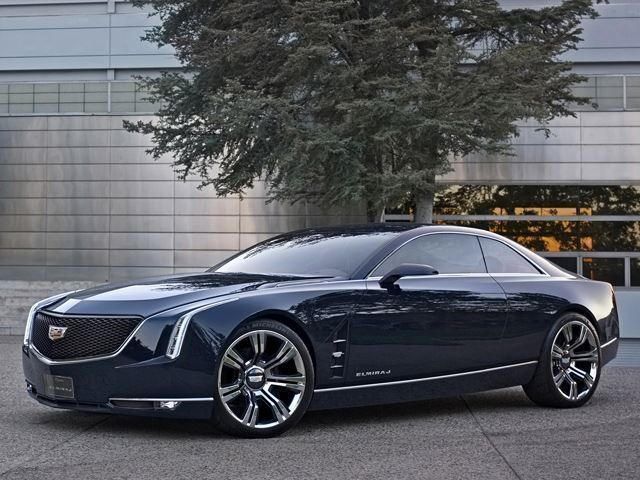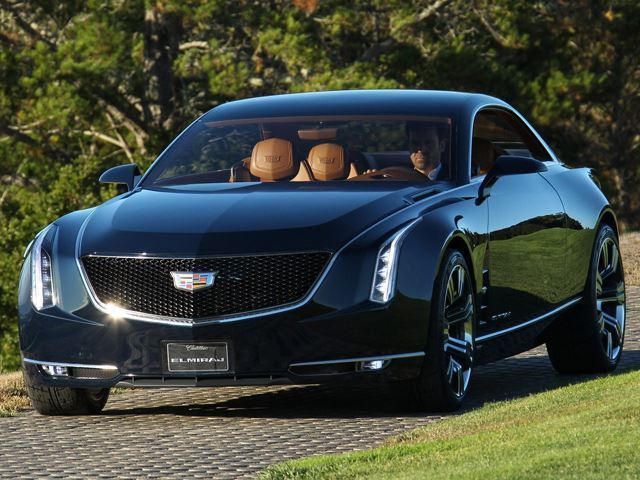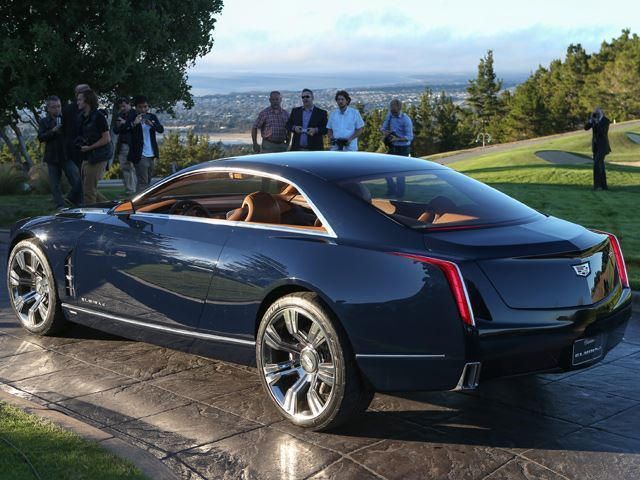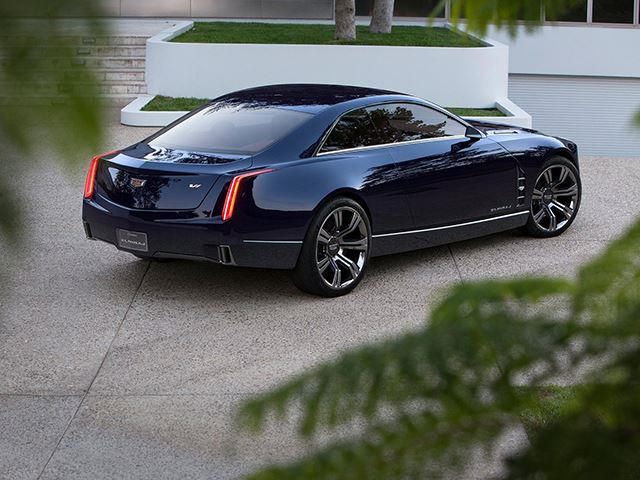
Ever since the first caveman invented the wheel, aspiring and professional engineers have tried to reinvent it time and time again with varying degrees of success. The same goes for the engine, but it seems like we have quite a ways to go before the internal combustion engine reaches its full potential. More recently, turbocharging has taken off as a new best friend to automakers that want to meet demanding customers and government regulators in the middle.
Given the recent influx of cash into the study of forced induction, new technologies are emerging, the latest of which has just been patented by General Motors. Essentially, the technology is a two-stage turbocharger, a setup using different sized turbochargers. The smaller turbo makes up the first stage, and even though it provides less boost than a larger unit it takes much less time to spool up and provide boost. Once the engine is up and running, the larger turbocharger will have gotten up to boost speed to bring in the full force of the forced induction power. Effectively, this makes acceleration more linear and eliminates annoying turbo lag.
Two-stage turbochargers are nothing new. What's different about GM's patent is that instead of just pumping hot exhaust gases into the turbochargers indiscriminately, the process is controlled using some fancy hardware and software. Taking engine speed and load into account, the ECU controls a butterfly valve that has the ability to shut off exhaust gas flow to one turbocharger or another, optimizing power delivery. Essentially, the system enables the two stage turbocharger to become more controlled and as a result, squeezes more power and efficiency out of the engine while cutting down on lag. GM didn't reinvent the wheel here, but when the minor tweaks add up, it starts to make it look as if turbo engines will soon be the norm.







